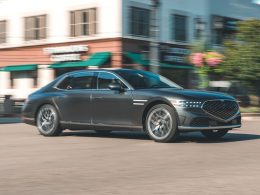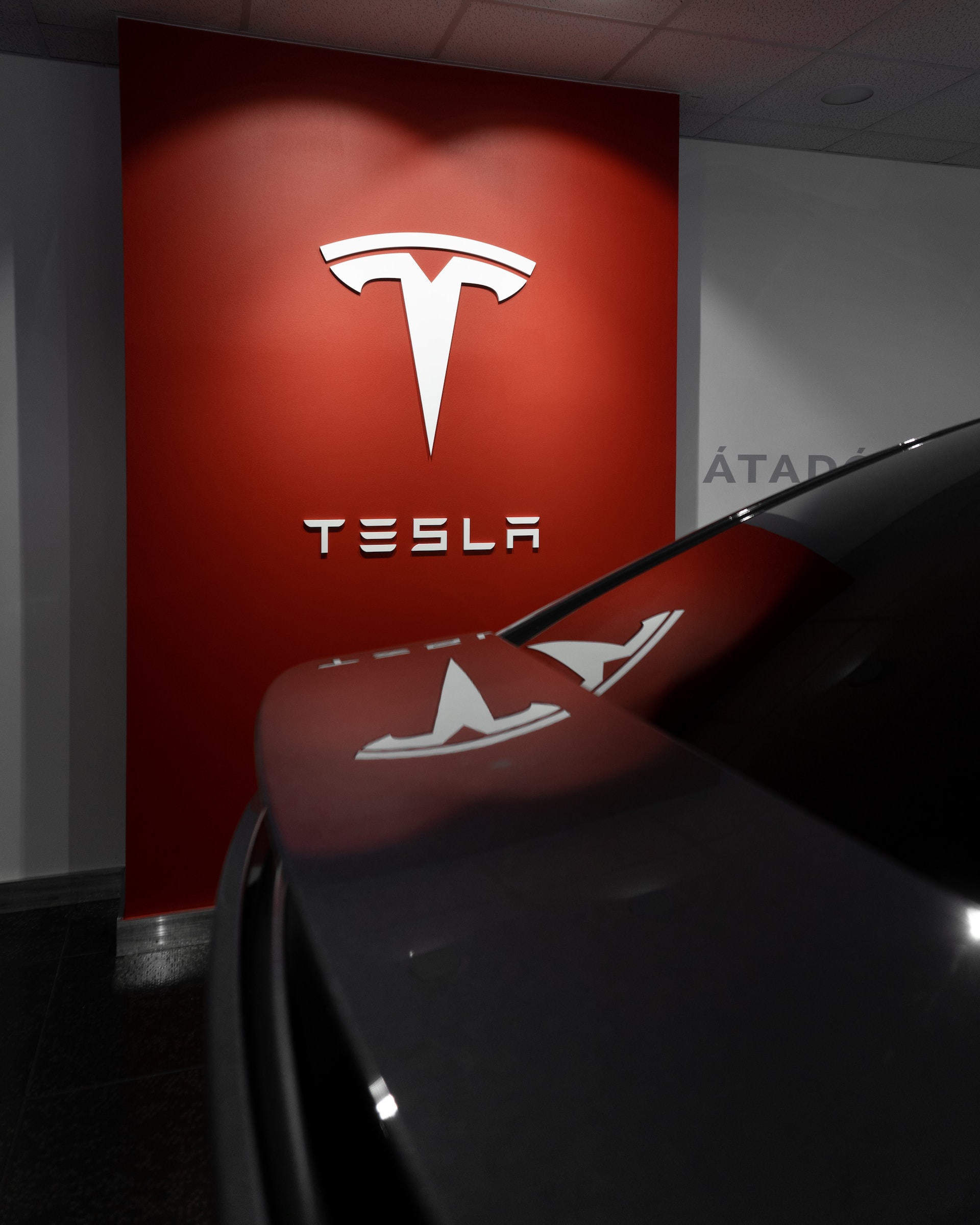Stellantis, the newly merged automaker formed by the merger of PSA Group and Fiat Chrysler Automobiles, has posted impressive first-quarter sales figures, buoyed by strong demand and higher car prices.
The company reported a 14.4% increase in global vehicle shipments in the first quarter of 2021, compared to the same period last year, while revenues rose by 14% to 37 billion euros. The results exceeded analysts’ expectations and highlighted the resilience of the global auto industry, which has been hit hard by the pandemic.
Stellantis CEO Carlos Tavares attributed the company’s strong performance to its diverse portfolio of brands, which includes Fiat, Peugeot, Citroen, Jeep, Ram, and Maserati. He said the company was well-positioned to capitalize on the economic recovery and the shift towards electric vehicles.
“We are starting this new chapter with solid fundamentals and a clear strategic direction,” Tavares said in a statement. “Our focus remains on creating value for all our stakeholders and delivering on our commitments.”
One of the key drivers of Stellantis’ sales growth was the strong demand for its high-margin pickup trucks and SUVs in North America, which helped offset the impact of the global semiconductor shortage that has affected the auto industry. The company’s Ram and Jeep brands posted record sales in the quarter, while its Peugeot and Citroen brands saw strong growth in Europe.
Another factor contributing to the company’s success was the higher prices it was able to charge for its vehicles, as consumers were willing to pay a premium for cars and trucks during the pandemic. This trend was evident across the industry, as supply chain disruptions and high demand led to a surge in prices.
However, analysts warned that the spike in car prices was unlikely to be sustainable in the long run, as supply chains normalize and demand returns to pre-pandemic levels. Some also noted that Stellantis’ success in the quarter may have been partially due to inventory build-up, and that future sales growth could be limited if supply chain disruptions persist.
In addition, Stellantis is facing a number of challenges as it seeks to navigate the transition to electric vehicles and comply with stricter emissions regulations. The company recently announced plans to invest more than 30 billion euros in electrification over the next four years, with the goal of having more than 40% of its vehicles electrified by 2025.
The success of this strategy will depend on a number of factors, including the availability of battery technology and charging infrastructure, as well as the willingness of consumers to switch to electric vehicles. Stellantis will also need to compete with other established players in the electric vehicle market, such as Tesla and Volkswagen, as well as new entrants like Rivian and Lucid Motors.
Despite these challenges, Stellantis’ strong performance in the first quarter of 2021 bodes well for the company’s future, as it seeks to establish itself as a major player in the global auto industry. With a diverse portfolio of brands, a clear strategic direction, and a commitment to sustainability, Stellantis is well-positioned to thrive in the years to come.











